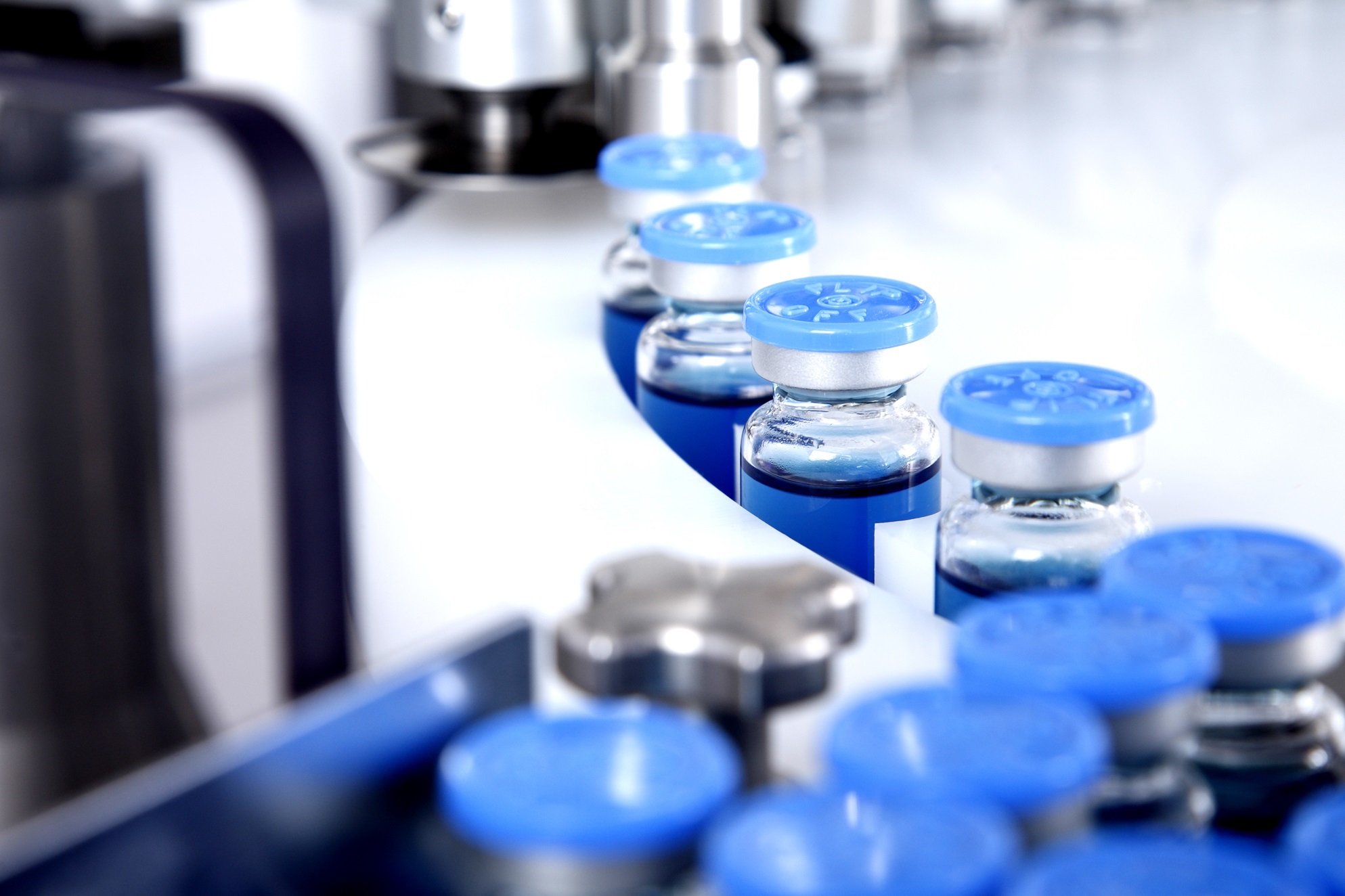Pharmaceutical Ingredients
Pharmaceutical Ingredients
In the field of modern medicine, nanotechnology is booming, and nano magnesium is also well used. Nanoparticles, as drug delivery systems, impart several advantages concerning improved efficacy as well as reduced adverse drug reactions.
Magnesium, an abundant mineral in the body, is naturally present in many foods, added to other food products, available as a dietary supplement, and present in some medicines (such as antacids and laxatives). Magnesium is a cofactor in more than 300 enzyme systems that regulate diverse biochemical reactions in the body, including protein synthesis, muscle and nerve function, blood glucose control, and blood pressure regulation. Magnesium is required for energy production, oxidative phosphorylation, and glycolysis. It contributes to the structural development of bone and is required for the synthesis of DNA, RNA, and the antioxidant glutathione. Magnesium also plays a role in the active transport of calcium and potassium ions across cell membranes, a process that is important to nerve impulse conduction, muscle contraction, and normal heart rhythm.
Shape of magnesium nanostructures plays important role for diverse therapeutic applications. Magnesium is a primary ingredient in some laxatives. Magnesium is also included in some remedies for heartburn and upset stomach due to acid indigestion. Some researches support the use of magnesium in the prevention and treatment of many common health conditions including migraine headache, metabolic syndrome, diabetes, hyperlipidemia, asthma, premenstrual syndrome, preeclampsia, and various cardiac arrhythmias. Magnesium may also be considered for prevention of renal calculi and cataract formation, as an adjunct or treatment for depression, and as a therapeutic intervention for many other health-related disorders.
When mixed with drug that is unstable in acid, Nano magnesium demonstrates high stabilizing effects on the drug. It is used as an antiseptic compound while mixed with iodine in ratio of 97:3. The nanoparticles of magnesium exhibit potential for environmental and biomedical applications. Magnesium nanoparticles also show toxicity towards the cancer cell, which enables their possible utilization for cancer treatment.
IMC provides high purity pharmaceutical grade Nano Magnesium Oxide, Nano Magnesium Hydroxide and Nano Magnesium Carbonate for safe use as pharmaceutical ingredients.
Recommended Products

undefined
Nanostructured MgO can be prepared through different chemical (bottom-up approach) or physical (top-down approach) routes. The characteristics of Nano MgO increase its utility manifolds and it also has various other properties such as high melting point, cost-effective production, biodegradability and biocompatibility.

undefined
Magnesium hydroxide (MDH) crystals tend to form as large, hexagonal plates by default. However, Nano magnesium hydroxide (Nano MDH) usually has the morphology of the crystalline material from 2D nanostructures such as hexagonal platelets and sheets to 1D configurations such as rods, needles and hollow tubes.

undefined
Magnesium carbonate (MgCO3) is designated as a generally recognized as safe (GRAS) material by the American Food and Drug Administration (FDA), making its nano form have a good application prospect. Nano magnesium carbonate (Nano MgCO3) is a kind of nanoparticle of 8nm average diameter and large surface area.



